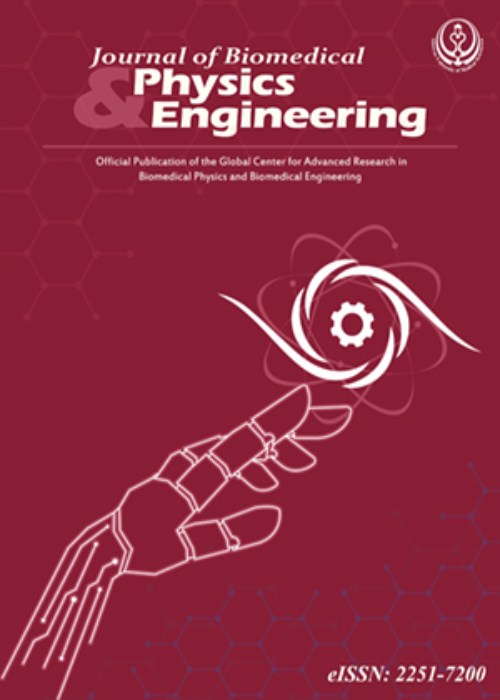An Overview of Technological Developments in Medical Applications of X-Rays and Radioactivity
Author(s):
Abstract:
The years 1895 to 1898 were momentous for their impact on health and human well beings. First, Wilhelm Roentgen noted a glowing fluorescent screen, caused by invisible rays. This event subsequently led to the discovery of X-rays in 1895, and thus the birth of the “atomic age”. Next Becquerel’s investigations of these mysterious rays led to his experiments with uranium salt crystals. He thought that when these crystals are exposed to sunlight they could emit rays and cause exposure on photographic plates. This led to the discovery of radioactivity in 1896, with its full significance appreciated when the Curies discovered radium in 1897. The term “radioactivity” was first used by Marie Curie to describe this phenomenon that led to the birth of the “nuclear age”. Shortly after, the medical applications of x-rays and radioactivity were recognized and widely disseminated. In the past 100 years, the technological developments in the production of x-ray beams along with the impact of the discovery of artificial radioactivity by Irene Curie and Frederic Joliot in 1930s have revolutionized the practice of medicine. Currently x-ray imaging is being used, more than any other imaging modality, in diagnosis of diseases and abnormalities. In addition, over 50% of all cancer patients receive radiation treatments as part of their treatment plan(s). Despite significant advances in imaging technology and in production and delivery of x-rays and radioactivity, about half of these patients are successfully cured with 5 to 10 years local control. Reasons for treatment failure with radiation may be several including physical, biological, or both. For example, because of the imaging limitations, the exact extent of disease for many tumors is often unknown. Moreover, some tumors are able to “repair” radiation damage very effectively and some are radio resistant due to relative hypoxia. In recent years, the major “challenge” of radiation treatment is to deliver large enough doses to the most resistant cancer cells to provide a high probability of local control while minimizing the dose to normal tissues and hence reducing complications. With recent developments in “imaging” the metabolic or functional status of cancers, the position of tumors relative to surrounding normal tissue can be more clearly delineated. The therapeutic dosage of radiation to the tumors can be escalated without exceeding normal tissues tolerances. These special techniques include: 3D “conformal” radiation treatment where the shape of the high dose region “conforms” to the shape of the tumor (“target”), intensity modulated radiation therapy (IMRT) that uses combinations of radiation beams with varying spatial intensity across the fields (“intensity modulated”) in order to achieve an “ideal” dose distribution, image guided radiation treatment, and heavy charged particle radiotherapy. As such, it is expected to increase the success rate of cancer treatment significantly with this radiation treatment modality.
Language:
English
Published:
Journal of Biomedical Physics & Engineering, Volume:1 Issue: 1, Jan-Feb 2011
Page:
1
magiran.com/p1005712
دانلود و مطالعه متن این مقاله با یکی از روشهای زیر امکان پذیر است:
اشتراک شخصی
با عضویت و پرداخت آنلاین حق اشتراک یکساله به مبلغ 1,390,000ريال میتوانید 70 عنوان مطلب دانلود کنید!
اشتراک سازمانی
به کتابخانه دانشگاه یا محل کار خود پیشنهاد کنید تا اشتراک سازمانی این پایگاه را برای دسترسی نامحدود همه کاربران به متن مطالب تهیه نمایند!
توجه!
- حق عضویت دریافتی صرف حمایت از نشریات عضو و نگهداری، تکمیل و توسعه مگیران میشود.
- پرداخت حق اشتراک و دانلود مقالات اجازه بازنشر آن در سایر رسانههای چاپی و دیجیتال را به کاربر نمیدهد.
In order to view content subscription is required
Personal subscription
Subscribe magiran.com for 70 € euros via PayPal and download 70 articles during a year.
Organization subscription
Please contact us to subscribe your university or library for unlimited access!


